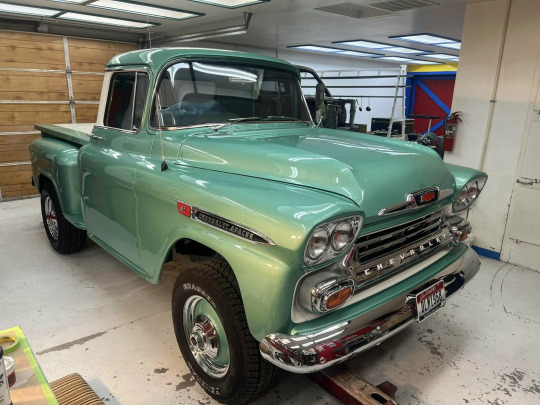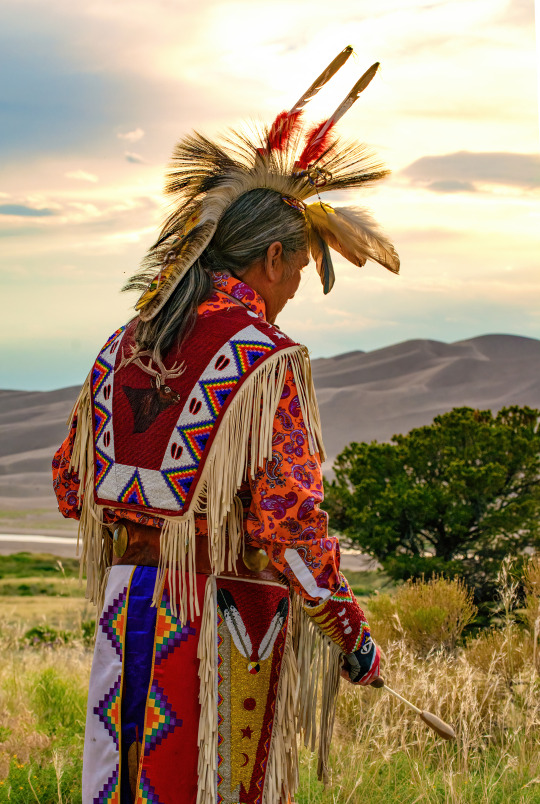#Apache
Explore tagged Tumblr posts
Text

965 notes
·
View notes
Text
♦️🔸️💎🔸️♦️🔹️💎🔹️♦️🔸️💎🔸️♦️
🔸️ Would or Wouldn't ❓️ 🤔
1959 Chevrolet 3100 Apache Pickup

#1959#1950s#Chevrolet#chevy#apache#pickup#chevrolet pickup#classic cars#vintage cars#classic car#car show#luxury cars#autos#fast cars#sports cars#cars#vintage car#green
518 notes
·
View notes
Text
Fine ass Onycha bro🔥🔥 half Spanish & half Apache… she got the tiggo bitties !!! I don’t mind she look like Wiz Khalifa too LOL

#n8vgirls#nativebaddiez#navajonude#apache#navajo nude#n8v women#n8tive#natives#nativebigtitt#sexy native
258 notes
·
View notes
Text


I love me some indigenous Navajo/Apache Boothill
Credits to

#boothill#boothill hsr#indigenous#native american#navajo#apache#indigenous coded characters#honkaistarrail
150 notes
·
View notes
Photo

Geronimo
Geronimo (Goyahkla, l. c. 1829-1909) was a medicine man and war chief of the Bedonkohe tribe of the Chiricahua Apache nation, best known for his resistance against the encroachment of Mexican and Euro-American settlers and armed forces into Apache territory and as one of the last Native American leaders to surrender to the United States government.
During the Apache Wars (1849-1886), he allied with other leaders such as Cochise (l. c. 1805-1874) and Victorio (l. c. 1825-1880) in attacks on US forces after Apache lands became part of US territories following the Mexican-American War (1846-1848). Between c. 1850 and 1886, Geronimo led raids against villages, outposts, and cattle trains in northern Mexico and southwest US territories, often striking with relatively small bands of warriors against superior numbers and slipping away into the mountains and then back to his homelands in the region of modern-day Arizona and New Mexico.
He surrendered to US authorities three times, but when the terms of his surrender were not honored, he escaped the reservation and returned to launching raids on settlements. He was finally talked into surrendering for good by First Lieutenant Charles B. Gatewood (l. 1853-1896), under the command of General Nelson A. Miles (l. 1839-1925), in 1886. None of the terms stipulated by Miles were honored, but by that time, Geronimo felt he was too old and too tired to continue running. Geronimo's surrender to Gatewood is told accurately, though with some poetic license, in the Hollywood movie Geronimo: An American Legend (1993).
Geronimo was imprisoned at Fort Pickens, Pensacola, Florida, before being moved to Fort Sill, Oklahoma. Toward the end of his life, he became a sensation at the St. Louis World's Fair (1904) and President Theodore Roosevelt's Inaugural Parade (1905) as well as other events. Although one of the stipulations of his surrender was his return to his homelands in Arizona, he was held as a prisoner elsewhere for 23 years before dying in 1909 of pneumonia at Fort Sill.
Name & Youth
His Apache name was Goyahkla ("One Who Yawns"), and, according to some scholars, he acquired the name Geronimo during his campaigns against Mexican troops, who would appeal to Saint Jerome (San Jeronimo in Spanish) for assistance. This was possibly Saint Jerome Emiliani (l. 1486-1537), patron of orphans and abandoned children, not the better-known Saint Jerome of Stridon (l. c. 342-420), translator of the Bible into the Vulgate and patron of translators, scholars, and librarians.
Geronimo was born near Turkey Creek near the Gila River in the region now known as Arizona and New Mexico c. 1825. He was the fourth of eight children and had three brothers and four sisters. In his autobiography, Geronimo: The True Story of America's Most Ferocious Warrior (1906), dictated to S. M. Barrett, Geronimo described his youth:
When a child, my mother taught me the legends of our people; taught me of the sun and sky, the moon and stars, the clouds, and storms. She also taught me to kneel and pray to Usen for strength, health, wisdom, and protection. We never prayed against any person, but if we had aught against any individual, we ourselves took vengeance. We were taught that Usen does not care for the petty quarrels of men. My father had often told me of the brave deeds of our warriors, of the pleasures of the chase, and the glories of the warpath. With my brothers and sisters, I played about my father's home. Sometimes we played at hide-and-seek among the rocks and pines; sometimes we loitered in the shade of the cottonwood trees…When we were old enough to be of real service, we went to the field with our parents; not to play, but to toil.
(12)
After his father died of illness, his mother did not remarry, and Geronimo took her under his care. In 1846, when he was around 17 years old, he was admitted to the Council of Warriors, which meant he could now join in war parties and also marry. He married Alope of the Nedni-Chiricahua tribe, and they would later have three children. Geronimo set up a home for his family near his mother's teepee, and as he says, "we followed the traditions of our fathers and were happy. Three children came to us – children that played, loitered, and worked as I had done" (Barrett, 25). This happy time in Geronimo's life would not last long, however.
Continue reading...
157 notes
·
View notes
Text

Jicarilla Apache man, United States of America, by NPS
#jicarilla#apache#united states of america#america#north america#folk clothing#traditional clothing#traditional fashion#cultural clothing
518 notes
·
View notes
Text
The Shadows, Apache, 1964
75 notes
·
View notes
Text
♦️🔸️💎🔸️♦️🔹️💎🔹️♦️🔸️💎🔸️♦️
🔸️ Like❓️🔹️Love❓️🔸️Leave❓️
1959 Chevrolet Apache Pickup

#1959#1950s#chevrolet pickup#Chevrolet#apache#blue#classic cars#classic car#vintage cars#car show#luxury cars#autos#fast cars#sports cars#cars#vintage car
382 notes
·
View notes
Text

This is honestly the main reason why I want to go to a NASCAR race the day I manage to return to the US!
117 notes
·
View notes
Text

Geronimo of the Bedonkohe band of the Apache driving a motor car, 1905
Beside him is Edward Le Clair Sr., a Ponca Indian. Geronimo liked his vest, and it was gifted to him later that day. Geronimo was buried in that vest.
#reddit#historyporn#sealbhach#geronimo#car#1905#american indian#apache#edward le clair sr#ponca#indigenous#native american#vest#indigenous people#native people#native american heritage month
90 notes
·
View notes
Text

Apache Woman.
115 notes
·
View notes
Text



Chevrolet pickup trucks
106 notes
·
View notes



